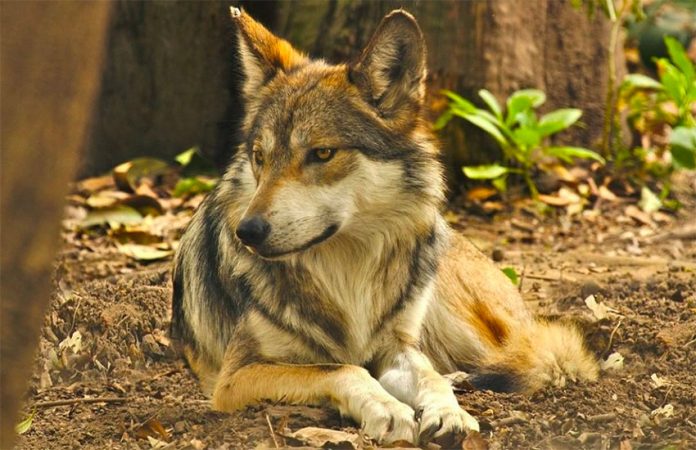The Mexican wolf has been removed from the extinct species list thanks to conservation and breeding efforts in Mexico and the United States.
The story of the resurgence of the lobo mexicano (Canis lupis baileyi) begins in the late 1970s when former wolf trapper Roy T. McBride was commissioned by the United States Fish and Wildlife Service to conduct a survey of wolves in Mexico.
The survey became a trapping mission with the aim of starting a captive breeding program for the critically endangered mammal, and by 1980 McBride had captured five wolves.
Three of them became the founders of what came to be known as the McBride lineage of Mexican wolves. By 1995, about 100 McBride wolves had been born in the United States.
Later, eight wolves born in captivity in the Chapultepec Zoo in Mexico City and 22 others that were privately owned in the United States were added to the U.S.-based breeding program in order to increase genetic diversity.

The offspring were first returned to the wild in the southwest of the United States in 1998 and in subsequent years they were also reintroduced in northern Mexico.
The Janos Biosphere Reserve in Chihuahua, created by presidential decree in 2009, was one of the places that became home for the reintroduced species.
Gerardo Ceballos, head of the ecology and wildlife conservation laboratory at the National Autonomous University’s Institute of Ecology, told the newspaper El Universal that the wolf population is doing well in the reserve, where other animals such as American bison have also been reintroduced.
Ceballos, whose laboratory played an important role in the design of the 500,000-hectare Janos reserve, said that Mexican wolves – which are still considered endangered – should now be reintroduced in the neighboring state of Coahuila as well as Zacatecas.
Fourteen wolf pups have been born in recent years at the Desert Museum in Saltillo, Coahuila, including three this year. In addition, at least 25 pups have been born in the wild since 2014.
As for the Janos reserve, Ceballos explained that one of the key objectives in its creation was to reestablish populations of all the large mammals that lived in the region at the start of the last century. Apart from wolves and bison, prairie dogs, pronghorns and bighorn sheep have also been reintroduced.
“We just need to reintroduce a couple of more species so that there are practically all of those that lived there in 1900,” Ceballos said.
He also said that a joint federal and state project is planned in the reserve to restore large areas of grassland that have been overrun by plant species such as mesquite.
“. . . We’re proposing the largest restoration project in Latin America: 100,000 hectares in the coming years,” Ceballos said.
“It’s not a complicated task, it’s laborious and requires resources. It’s the same territory where the wolf is . . . the population is now in the high parts of the sierra but it will eventually disperse and come down.”
Source: El Universal (sp)
